
- Home
- Routes
- Adriatic
- Alpine
- Baltic
- Black Sea
- Emperor
- French
- German
- Grand Tour
- Iberia
- Nordic
- North Italian
- Visit Theatres / Channel Route
- Travel
Adriatic Route
From Mediterranean Sea to Balkan Mountains: the theaters of the southern Slavs
The Adriatic Route of the European Route of Historic Theatres opens South East Europe to you. Just follow the route in Slovenia, Croatia, Bosnia & Herzegovina, Serbia, and Montenegro.
National theatres are at the heart of cultural life along the Adriatic coast.
Whether originally designed by architects from Austria, Italy, Serbia or Montenegro, built for only part of the population or for many language groups – today they all serve the whole nation and offer a window to Europe and the world.
Download the flyer of the Adriatic Route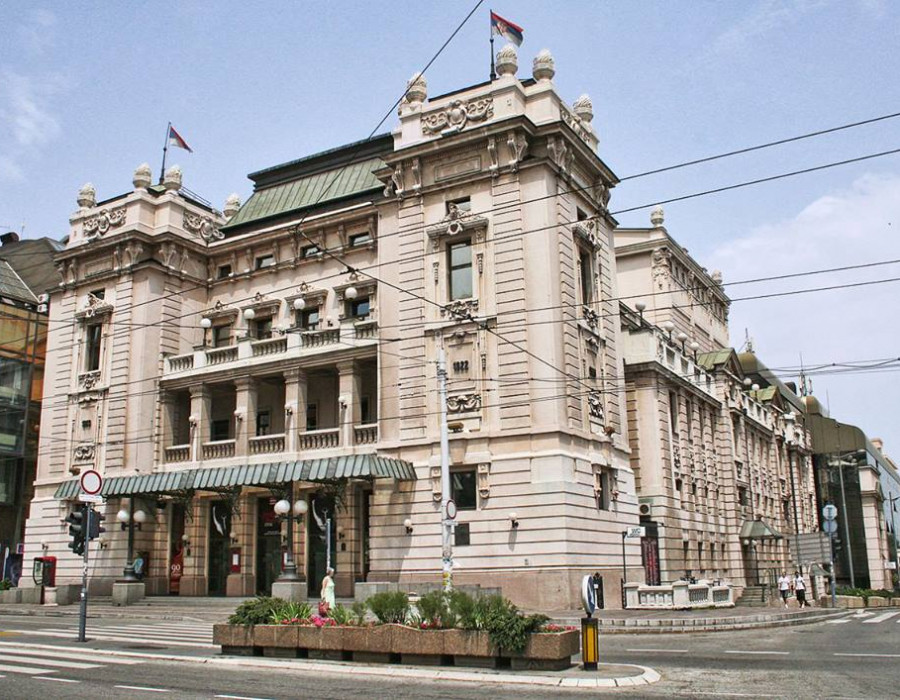
Beograd
National Theatre
The National Theatre in Belgrade, an Institution of National Importance, was opened on October 30, 1869, in ...
more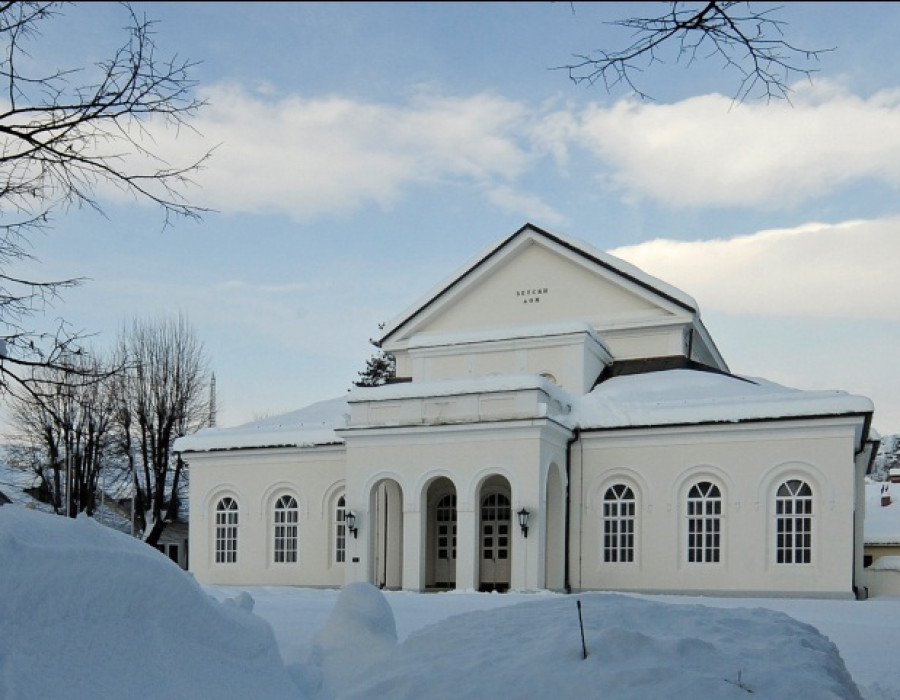
Cetinje
Royal Theatre Zetski Dom
Cetinje was the capital of Montenegro from the late 15th century to the end of World War II. When the country ...
more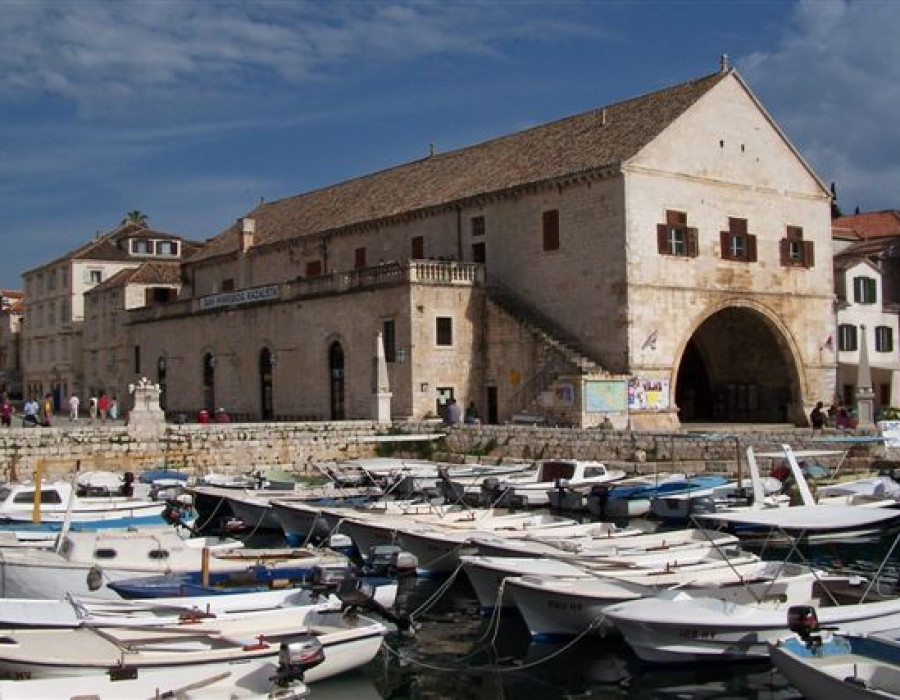
Hvar
Theatre in the Arsenal
Between 1278 and 1797, Hvar was part of the Republic of Venice and a winter port for its fleet. In 1612, the ...
more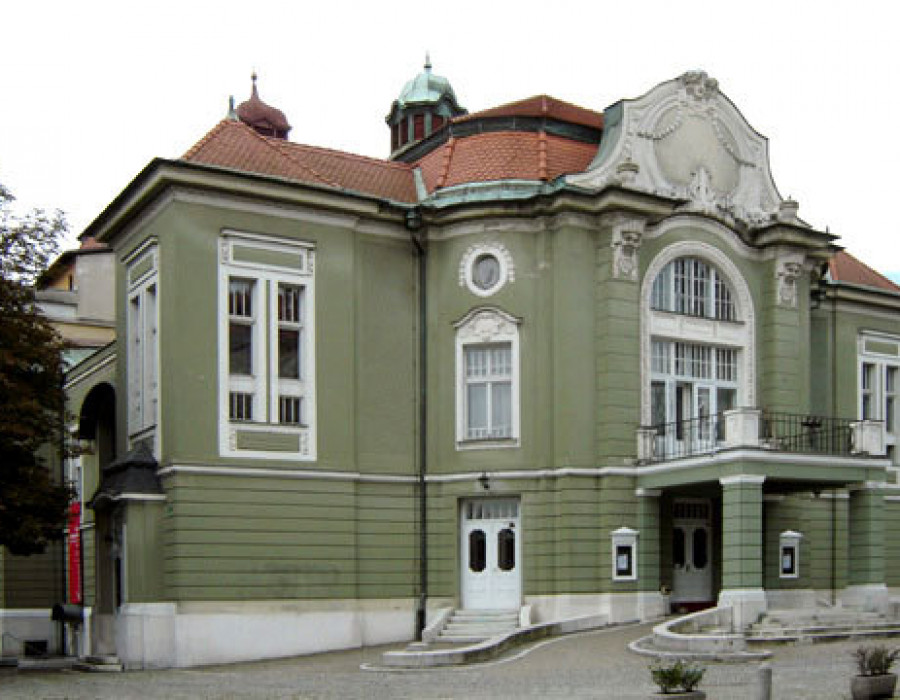
Ljubljana
SNT Drama
In Ljubljana, part of the Habsburg Empire from 1278 to 1918, the Slovene population and the Austrian ...
more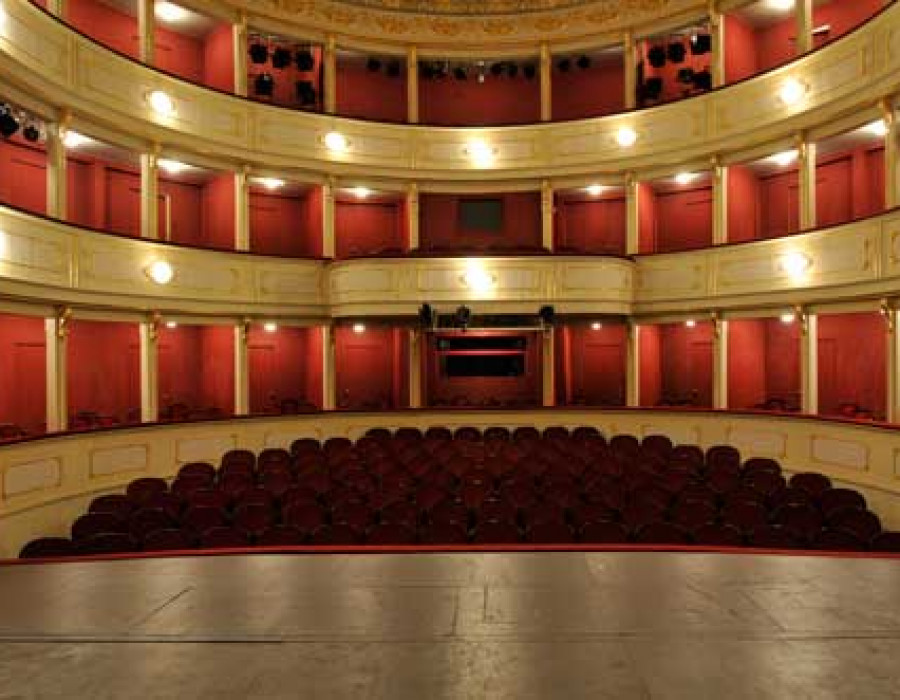
Maribor
Slovene National Theatre
The Slovene National Theatre Maribor is the largest cultural institution in Slovenia and the only repertory ...
more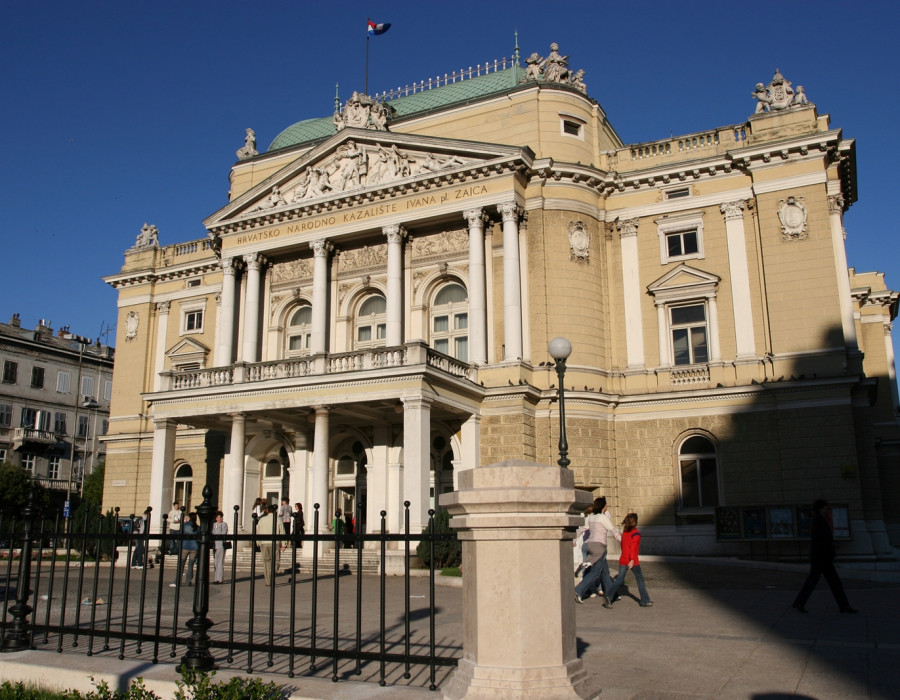
Rijeka
National Theatre 'Ivan pl. Zajc'
This impressive building was designed by the famous Viennese architects Fellner & Helmer and opened on ...
more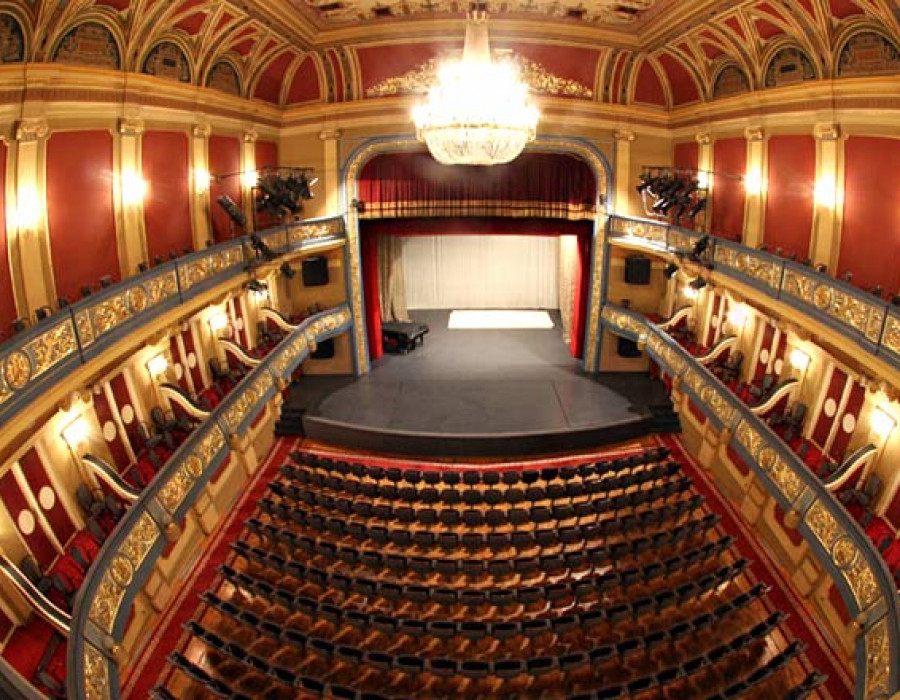
Sarajevo
National Theatre
This theatre building started its life in 1899 as a community centre for the Austrian ruling class, designed ...
more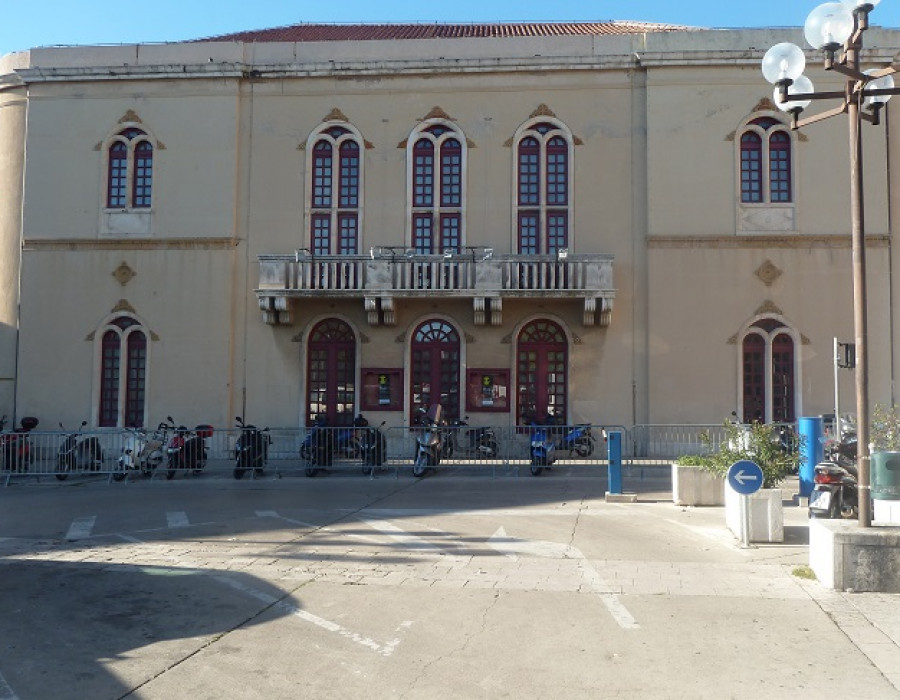
Šibenik
Croatian National Theatre
Josip Slade, who later also designed the Zetski Dom theatre in Montenegro, has given this theatre a very ...
more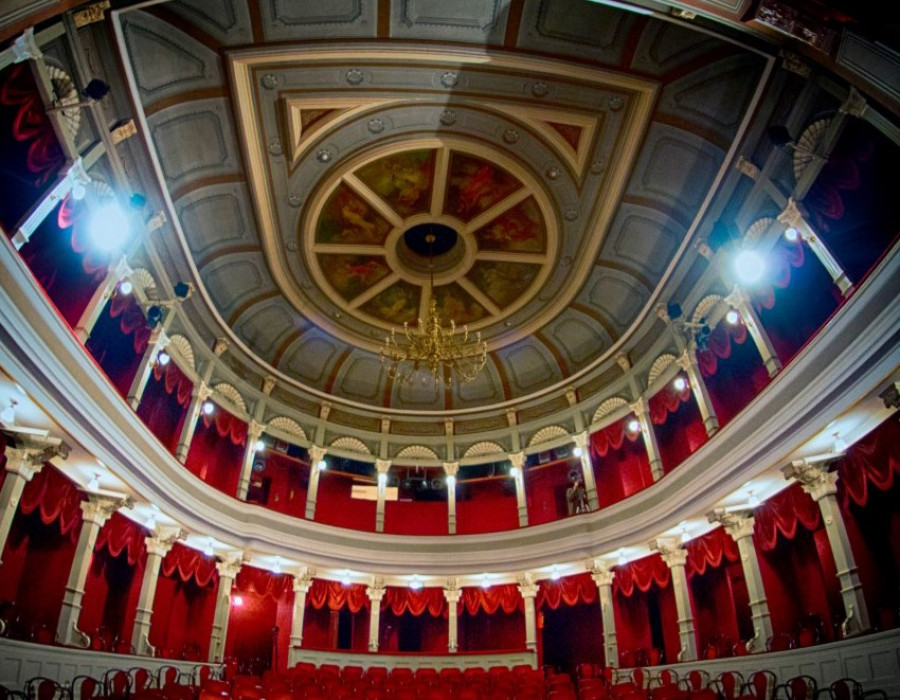
Sombor
National Theatre
Sombor was part of the Austrian Empire from 1687 to 1918. It became a Free and Royal City in 1749, the ...
more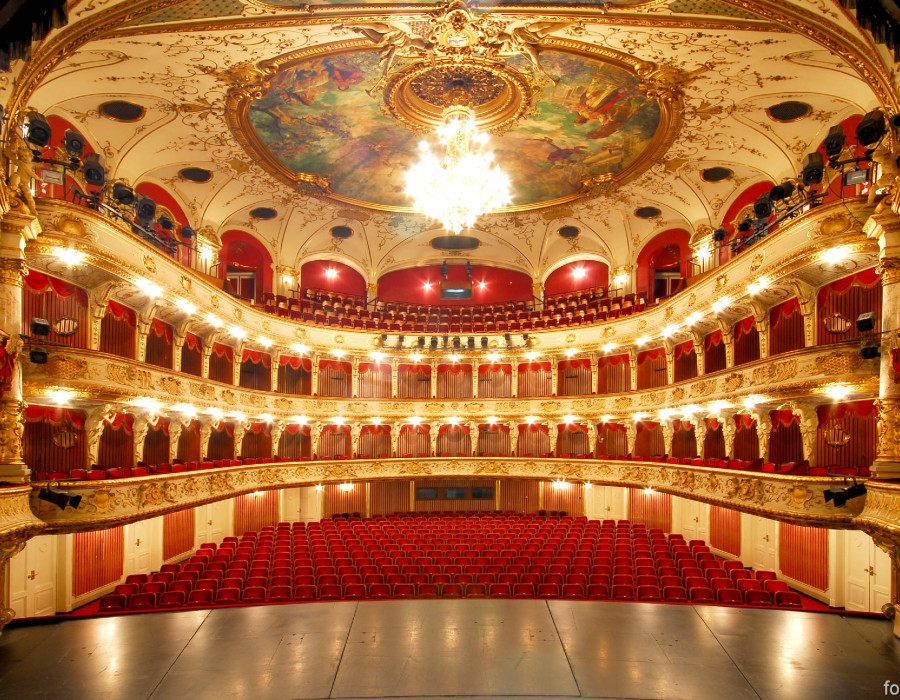
Zagreb
Croatian National Theatre
On 14 October, 1895, the Austrian Emperor Franz Joseph I himself opened this theatre, a wonderful building by ...
more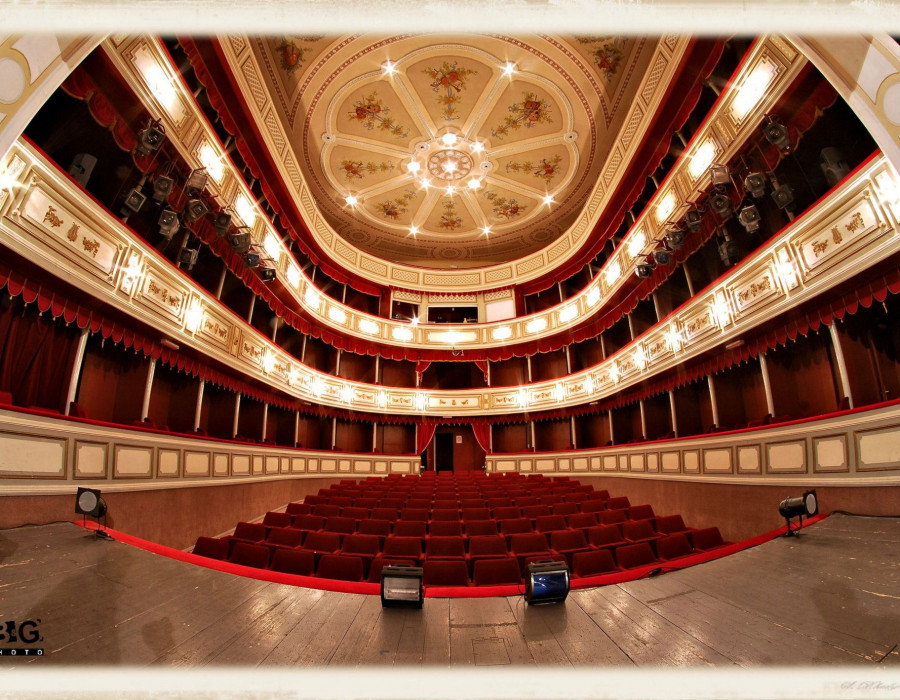
Zrenjanin
National Theatre 'Toša Jovanović'
The city of Zrenjanin received its present name in 1946, having been known as Bečkerek for most of the ...
more

